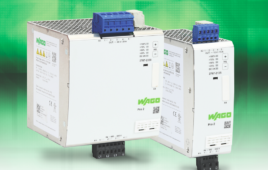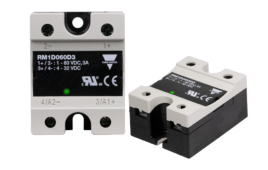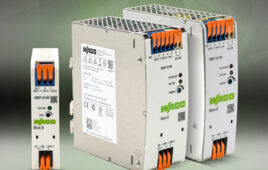Surface Mount Technology (SMT) innovation is critical as printed circuit board (PCB) assemblies become increasingly dense with components, causing real estate to be at a premium. The Solder Charge SMT technology for printed circuit board (PCB) provides better compliancy, less solder-joint stress, higher yields, improved fatigue strength and bonds that are three times stronger than traditional ball-grid array (BGA) technology, according to the developer, Molex Inc.

Solder Charge SMT optimizes the density possible through a ball grid array tail plus improves processing and manufacturing with connections that are more uniform and exact. It provides a stronger and more reliable PCB interface. Precision is to one ten-thousandth of an inch. The process compensates for variation in PCB flatness through an engulfment of the terminal with maximum surface area on the solder pad. In contrast, the BGA solder method uses manual placement of heated metal alloys to adhere to the bottom of a connector and post reflow has the widest point of solder above the solder pad rather than on the pad itself. The solder-charge technology uses standard reflow processes and offers a reflow profile for every connector using this process.
A white paper is available from Molex about this technology. The paper examines the initial concept and design, proof of concept studies and validation, and gives a review of the various industry standard tests to measure reliability under extreme environmental conditions and evaluate mechanical robustness and strength of the solder joints.
Molex Inc.
www.molex.com/product/soldercharge.html
::Design World::
Filed Under: Semiconductor manufacture, Connectors (electrical) • crimp technologies, ELECTRONICS • ELECTRICAL





Tell Us What You Think!